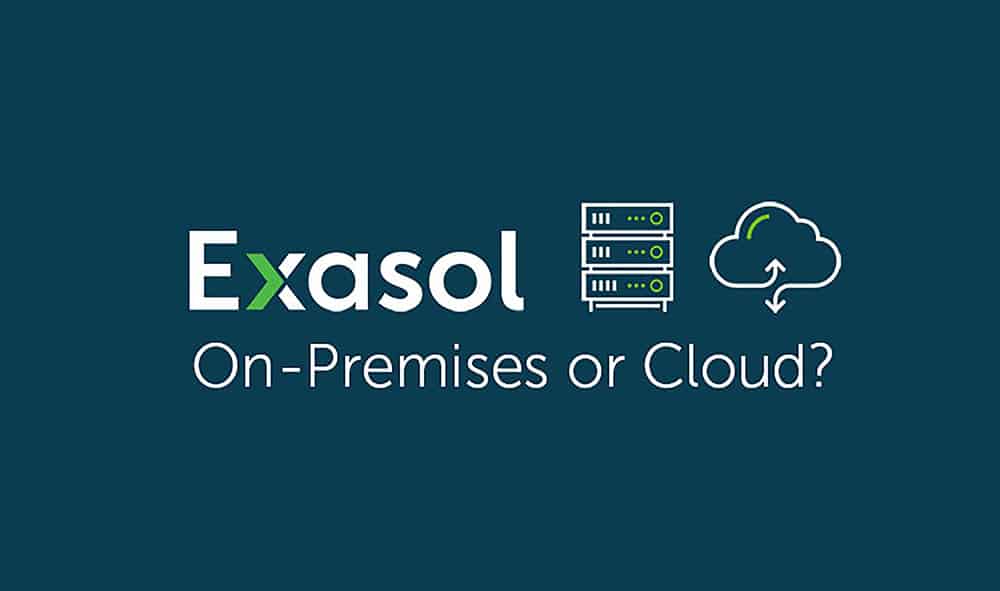We think there are three key things you can do to make sure you take the right approach to Loading...Big Data Analytics in the cloud.
These days everyone is talking about Big Data in the hope that it will transform their business and many now see the cloud as the ideal place to do this – especially when the cost savings and flexibility seem like a no brainer. But what’s often missed is there’s no point having all this data if you can’t get any value from it. The key is having data analytics to intelligently evaluate data in real-time and make it available to the right people at the right time.
As you might expect this isn’t always easy. But we think there are three key things you can do to make sure you take the right approach to Big Data Analytics in the cloud.
Define a clear data strategy
Before you do think of moving any data, make sure you have a clear data strategy. This might sound like a mammoth task, especially as many organizations have established lots of data silos with different and barely integrated applications. But it’s worth taking the time to build a complete picture of what data you have and make sure everyone involved with data in your organization has a clear idea of what you’re trying to achieve with it.
Start small
Many organizations make the mistake of moving all their analytics into the cloud in one go, crossing their fingers in the hope that everything won’t implode. As you can imagine that’s quite a risky move – not to mention incredibly stressful if you’re the one who’s managing it. That’s why we think the best option is to take baby steps with small scale projects to test the water.
Here’s an example of how this might work
You concentrate on moving data analytics into the cloud in a single area of business. The marketing department is a good place to start as you can use their current campaign data. This data is obviously important to you but the risk of losing it is less than moving mission critical data – and the effort involved in setting up analytics here is minimal. Plus, as the data is being actively used to target customers, you’ll be able to quickly see the benefits or not of doing your analytics in the cloud.
And once you’re happy, you can gradually migrate more data pools in manageable steps as you roll out that all important data strategy.
Loading...in-memory-databases">Keep an open mind to open source technologies and Loading...in-memory databases
The right data strategy is one thing, finding the right technologies to deliver it is another. It’s important to have one eye on the future and think about the expandability and sustainability of technologies you choose for your cloud project. This means traditional databases are hardly ever able to meet the requirements of Big Data. So, we would recommend you use an in-memory Loading...analytics database, as they use RAM more intensively, making them significantly faster – which is really important for Big Data analytics. If you’re a decision-maker make sure that the database can be integrated using existing systems and it’s suitable for every conceivable cloud scenario – from public to private to hybrid.
As you can imagine we have just scratched the surface here, but we genuinely believe this is a good starting point if you’re considering Big Data Analytics in the cloud. If you want to find out more please feel free to explore our insights page – packed with the latest ideas, blogs and case studies on how to push boundaries with data analytics.

